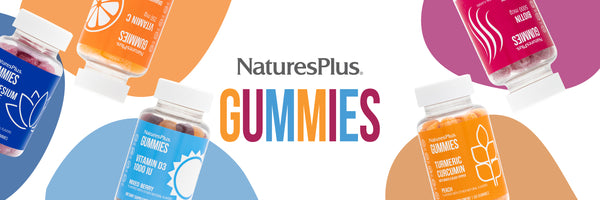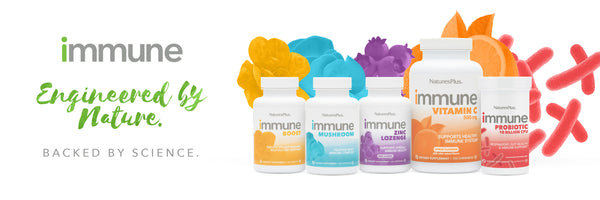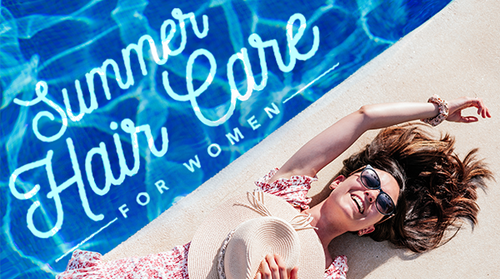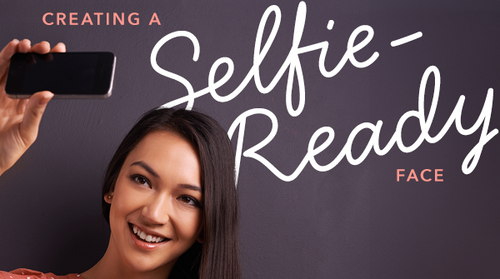When you look good, you feel good...and a key aspect of looking good is maintaining a well-groomed head of hair.
The first step is learning what hair type you have: straight, coiled, curly, wavy; thin versus thick; oily versus dry. Once you know that, you should take the following steps to always look sharp.
Keep Your Hair Styled
Getting a haircut every four to six weeks will not only keep the hair on your head looking good but will also let you tidy up the hair on the back of your neck, your ears, etc.
And don’t always go for the cheapest cut, either: A good barber or stylist will know how to texture your hair so that it looks good as it grows out and will be easier to maintain at home—you don’t want your style falling apart the first time you wash your hair.
Wash Your Hair the Right Way
Speaking of washing your hair...don’t shampoo it every day.
“If you’re over-shampooing, you’re stripping away oils from your scalp,” says Jen Bennett ofGene Juarez Salons & Spas. Every other day is fine.
When you do wash your hair, use a shampoo without harsh ingredients that’s formulated for your specific hair type. Always condition afterwards; the longer your hair, the more conditioning it needs. Avoid two-in-one products, which don’t do either job—washing or conditioning—particularly well.
In fact, you should consider using a conditioner even on the days you don’t wash. “For anything longer than three inches, you should condition your hair every day, whether you shampoo or not,” says Bennett.
Finally, don’t give your hair a superficial washing; dig down and massage your scalp, working shampoo all the way to the roots. This helps exfoliate the scalp and encourages better blood circulation.
Dry Your Hair Properly
While massaging your scalp in the shower is a good idea, being overly aggressive when towel-drying your hair afterward isn’t—you don’t want your hair to frizz up or lose volume (especially if your hair is thin).
Instead, dry gently and then use a comb or your fingers to shape your hair into place as it continues to dry. (Use a blow dryer if your hair is more than two inches long, pointing the airflow in the direction you want your hair to go.)
Use the Right Products
In addition to a high-quality shampoo and conditioner, you may want to add other products to your grooming routine depending on your hair type (all should be used before your hair is totally dry).
Super-fine hair could benefit from a leave-in spray conditioner. You may also want to try a salt spray, which helps create texture and volume. One advantage of salt spray is that it offers a light hold, allowing you to avoid heavy, gel-like products.
For coarse, curly hair, you may actually want to forgo regular shampoo and instead use a gentle cleansing conditioner known as a co-wash, which cleans hair without oil-stripping lather. A lightweight hair oil, such as argan or sweet almond, can also lock in precious moisture.
When selecting a hairbrush, pick one that has natural, not plastic, bristles. In addition to helping set your style, brushing distributes your hair’s natural oils more evenly and also stimulates the scalp.
While not a haircare product per se, sunscreen is important if your hair is thin or balding in spots. Bennett recommends spray sunscreens, as lotions “can get greasy and clog the follicles.” Shampoo regularly to minimize buildup.
Know How to Treat Your Hair as You Age
Going gray? You may like the look, but be aware that your hair may also become brittle and dry in the process. That makes regular conditioning even more important; using a deep-conditioning treatment called a hair mask once or twice a week can help.
You may be less thrilled if your hair is thinning. Ask your stylist the best way to make your hair look its best (you may even want to shave it all off and simply rock the bald look).
There are both surgical and non-surgical treatment options for hair loss; in addition, you can try such lifestyle changes as massaging your scalp every day and eating a diet rich in fresh produce, whole grains, healthy fats (such as fatty fish and avocados) and lean protein.
Like this article? You’ll love our weekly newsletter
sign up here!
**These statements have not been evaluated by the Food and Drug Administration. This product is not intended to diagnose, treat, cure or prevent any disease.














































































